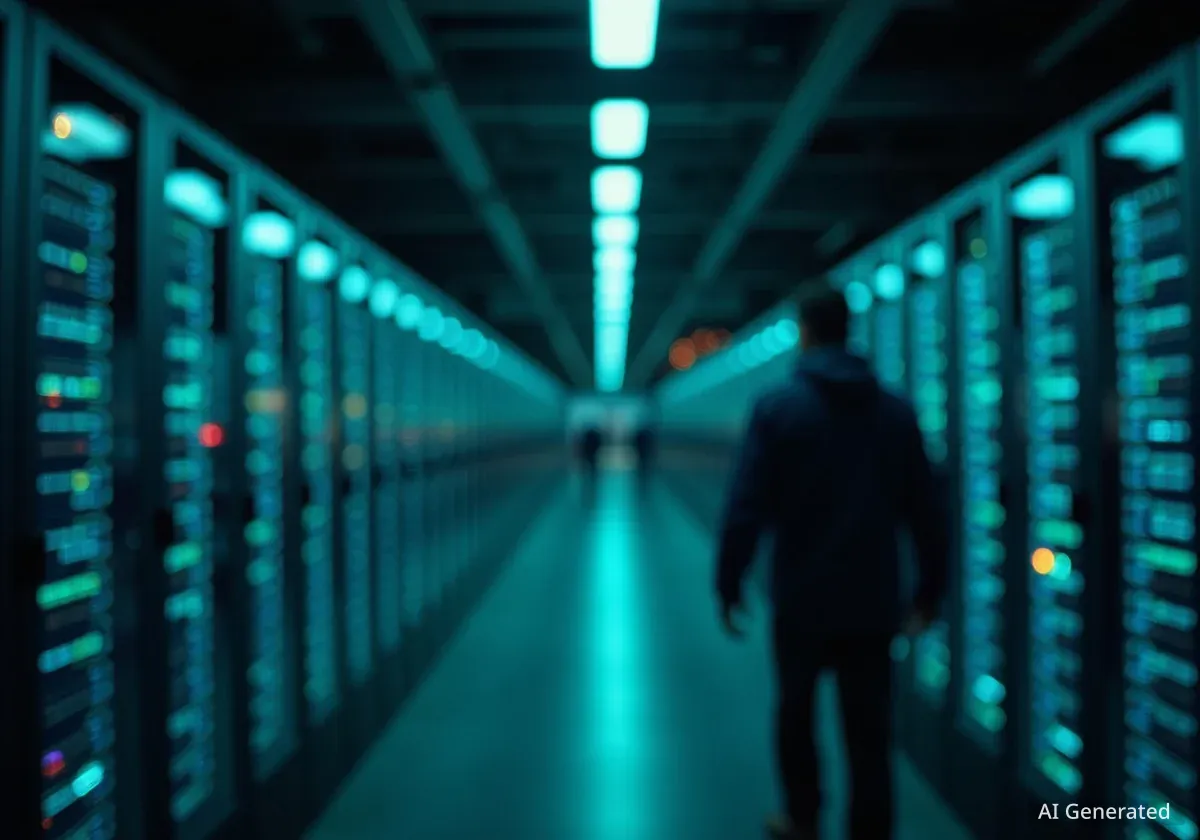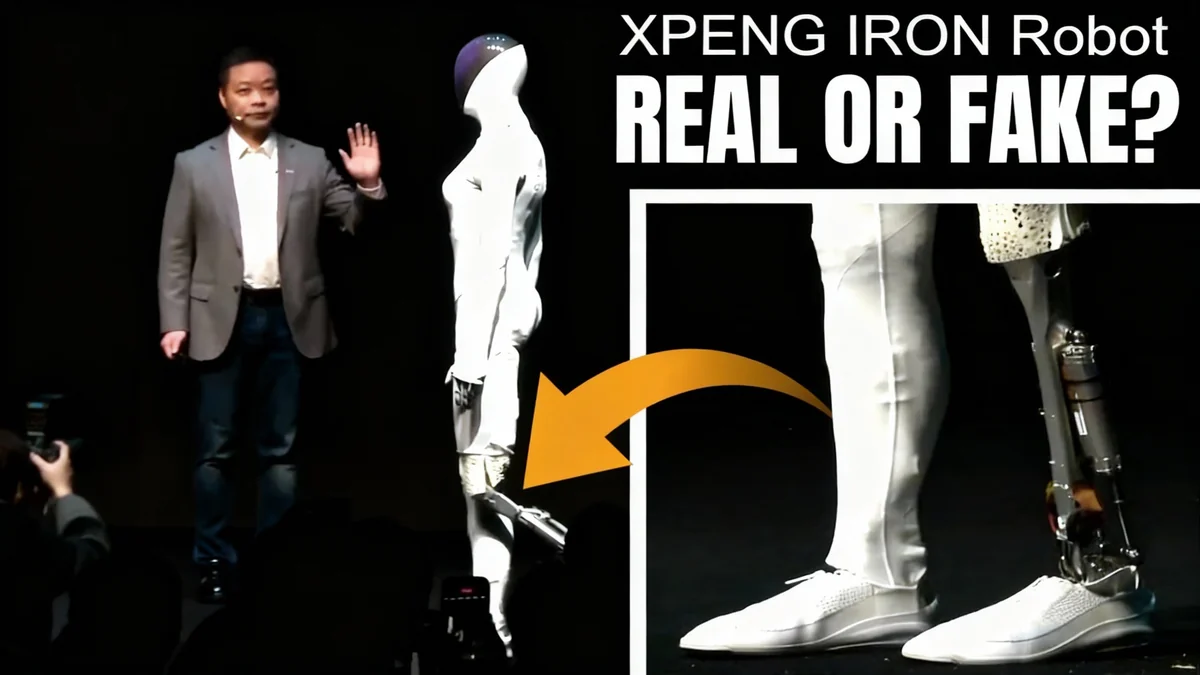Despite widespread investment and public enthusiasm, the business model for generative artificial intelligence is facing significant financial challenges. Major AI firms are confronting high operational costs, mounting legal issues over copyright, and competition from free alternatives, raising questions about the long-term viability of the current approach.
Current industry estimates suggest a potential revenue shortfall of US$800 billion for large AI companies. While the technology has shown promise in specific areas like coding and content creation, it has not yet delivered the broad economic productivity gains that were widely anticipated, leading to a re-evaluation of its commercial future.
Key Takeaways
- Generative AI services like ChatGPT are extremely expensive to operate, with companies losing money on many user interactions.
- Widespread copyright infringement lawsuits and the high cost of licensing content pose a major financial threat to AI developers.
- The emergence of powerful, free open-source AI models is creating direct competition for paid commercial services.
- The fundamental strategy of monetizing vast amounts of public and copyrighted information is being tested both legally and economically.
The High Cost of Operation
A primary obstacle for generative AI companies is the immense cost of running their models. Each user query requires a significant amount of computational power, which translates directly into high operational expenses for services like ChatGPT and Gemini.
OpenAI CEO Sam Altman has been open about the financial strain. He has previously noted the high costs associated with running the service, making it clear that even paid subscriptions do not currently cover the expense of advanced queries. This financial reality challenges the traditional tech startup strategy of acquiring a large user base with a free or low-cost product before introducing monetization.
The Standard Tech Playbook Under Pressure
Many successful technology companies have followed a model of 'growth at all costs,' using investor funding to offer free services to attract users, with the goal of monetizing them later, often through advertising. However, the per-user cost for generative AI is substantially higher than for traditional social media or search, making this strategy more difficult to sustain.
To address these financial pressures, some companies are exploring new revenue streams. OpenAI, for instance, is reportedly considering introducing advertisements to ChatGPT. This move could help offset costs but also risks alienating users if it degrades the experience, a phenomenon sometimes referred to as platform decay or "enshittification."
Mounting Legal and Financial Liabilities
Beyond operational costs, AI firms are navigating a complex and expensive legal landscape centered on copyright. Most large language models were trained by processing enormous datasets scraped from the internet, which included copyrighted books, articles, and images without permission from the creators.
This practice has resulted in numerous lawsuits from authors, artists, and media organizations who argue their intellectual property was used illegally. These legal battles create a significant financial liability. Companies face the dual costs of expensive litigation and potentially massive payments for content licensing, both retroactively and for future training data.
A Costly Attempt at a Solution
The scale of these potential costs is substantial. For example, AI startup Anthropic proposed a settlement to authors that would have totaled US$1.5 billion. The proposal, which offered around US$3,000 per book, was rejected by the courts as being too simplistic, highlighting the difficulty in resolving these complex copyright claims. With valuations like Anthropic's reaching US$183 billion, legal judgments could have a major impact on their financial health.
The result is that the very data these models are built on could be considered a toxic asset—valuable for its function but carrying immense, unresolved financial risk. This uncertainty makes it difficult for investors to accurately assess the long-term value of these companies.
Competition from Open-Source Alternatives
The business case for commercial AI is further complicated by the rise of high-quality open-source models. Companies like Meta have released their Llama models for public use, allowing anyone with sufficient computing resources to run a powerful AI locally, free of charge.
These open models are rapidly improving. Recently, the Chinese firm DeepSeek released an open model that demonstrated performance on par with leading commercial systems, briefly causing a dip in AI-related stocks. While not always as advanced as the top-tier proprietary models, these free alternatives are often considered "good enough" for many applications.
The availability of capable, free-to-use models directly undermines the value proposition of paid subscription services. If users and developers can access similar functionality without cost, commercial AI firms may struggle to justify their pricing and attract paying customers.
This trend could also lead to investor skepticism. If the core technology can be replicated and distributed for free, the high valuations of companies selling access to that technology may come under increased scrutiny, potentially limiting access to the capital needed to fund their expensive operations.
Can Collective Knowledge Be Owned?
At its core, the challenge facing generative AI may be philosophical as much as financial. The most advanced models are a product of the world's collective knowledge, trained on the creative and intellectual output of millions of people. The effort to package and sell this collective resource as a private product is proving to be incredibly complex.
The value of this vast repository of human knowledge may be impossible to calculate accurately, and therefore, difficult to own or commercialize in a sustainable way. The systems are so deeply indebted to this shared intellectual labor that their outputs may not be something that can be truly owned by a single entity.
If the path to profitability for generative AI proves unsustainable, the outcome could be mixed. Creators and publishers hoping for large payouts from AI companies might be disappointed. At the same time, progress in AI development could slow as investment wanes.
However, this scenario might also result in a more democratized AI landscape, with powerful, free tools available to everyone. The technology would be less centralized and less controlled by a few large corporations. For consumers and the broader tech ecosystem, an AI future that is useful but not immensely profitable might be a positive development, preventing the further consolidation of power in Big Tech.





